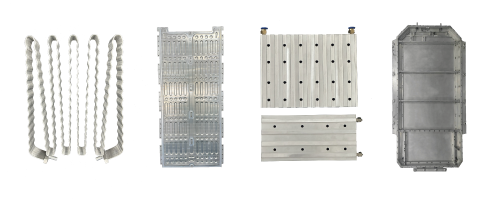
Common Challenges in Custom Liquid Cooling Plate Solutions:
In a thermal management system, as batteries operate, they generate excess heat over time and with increasing loads. This heat poses potential or direct risks to the batteries. Therefore, there’s a need for a thermal management component to balance the heat and create an optimal working temperature for the batteries. When transferring heat through direct contact between battery cells/modules and a plate-type aluminum device, this aluminum device is known as a liquid cooling plate. The heat is ultimately carried away by the coolant flowing through the internal channels of the liquid cooling plate
The complexity of the production process for liquid cooling plates far exceeds common auto heat exchangers. Currently, in the new energy vehicle market, types of liquid cooling plates include micro-channel liquid cooling plates, stamped liquid cooling plates, roll bond liquid cooling plates, extruded cooling plates, and machining plus FSW cooling plates.
Roll Bond Liquid Cold Plate
Featuring high plasticity, it can easily achieve the manufacturing of porous structures with different shapes through heating and forming processes
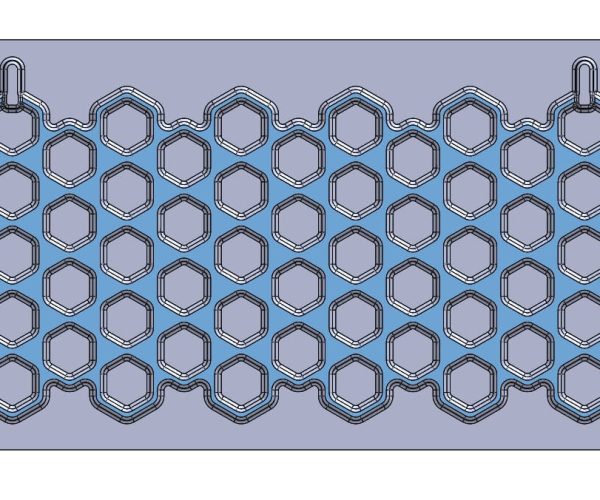
Die-casting Liquid Cooling Plate
After designing the metal mold for die casting, the metal alloy (aluminum, zinc, magnesium, etc.) is heated to a liquid state for the die-casting process.
Integrating manufacturing steps, die casting helps ensure product consistency and achieves high production efficiency
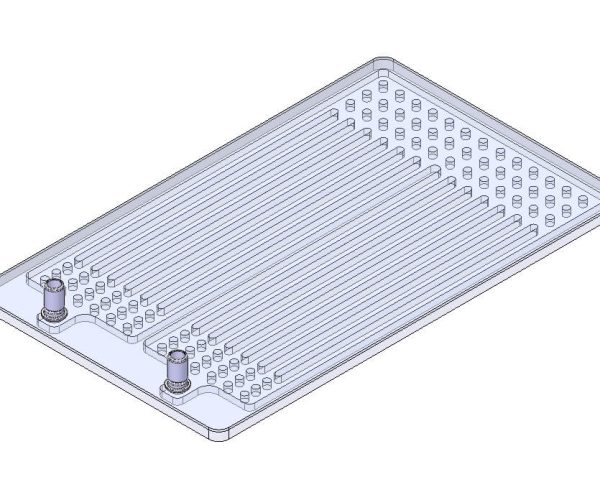
Friction Stir Welding Liquid Cooling Plate
Using friction stir welding seals the gap between the baseplate and cover plate, forming a seamlessly connected water cooling plate.
Advantages:
① Flexible design, high reliability with no visible weld points, and the ability to manufacture very thin water cooling plates; the entire water cooling plate can have a thickness of 5-7mm, meeting lightweight standards.
② Enables rapid mass production with strong manufacturing capabilities
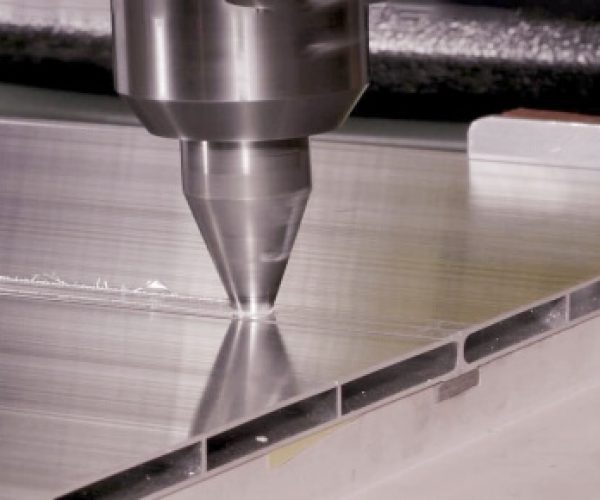
Vacuum Brazing Liquid Cooling Plate
Vacuum brazing involves using a brazing material with a melting point lower than the base material’s in a vacuum. In temperatures below the base material’s melting point but above the brazing material’s melting point, the liquid brazing material wets, spreads, and fills the surfaces, achieving the welding of components in a vacuum state.
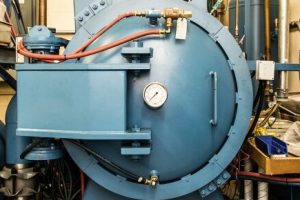
Continuous Brazing Liquid Cooling Plate
Utilizing nitrogen protection, continuous production ensures high efficiency (600-800mm/min) with high precision, guaranteeing welding consistency and stability. It exhibits strong adjustability, accommodating the welding of aluminum workpieces with different sizes, shapes, and materials
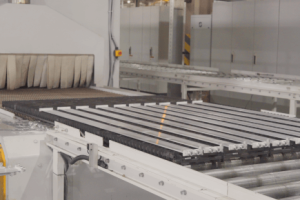
Laser-Cutting Liquid Cooling Plate
XD THERMAL’s engineers program the laser cutting equipment to run automatically, ensuring precise positioning and high precision without compromising the material’s performance and strength.
During the initial validation phase, when cutting and punching tooling is not available, laser cutting can achieve the desired product results for customers while saving them the costly expenses associated with tooling, all while maintaining efficiency.
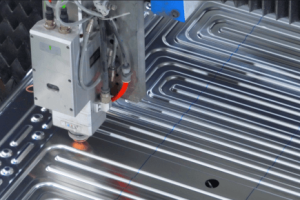
The liquid cooling plate is a pivotal component within water-cooled heat exchange systems. Its design aims to effectively adjust the thermal resistance of the cooling plate within limited space through a rational design of the cooling plate channels, thereby achieving efficient heat exchange for the heat source. The channel design necessitates precision and expertise, taking into consideration various constraints such as cooling plate dimensions, heat exchange performance, operating conditions of the cooling plate, fluid flow velocity/temperature/heat transfer performance, and operational parameters.
A reliable liquid cooling plate is not solely determined by its price
but rather by the engineer’s ability to provide highly customized designs for non-standard products
Weight / Size
Design based on the spatial structure of the heat exchange scenario and the internal structure of the heat source to achieve optimal liquid cooling heat transfer efficiency
Battery Power and Operating Environment
Variations in operating conditions require the liquid cooling plate to have temperature control capabilities, preventing adverse effects on battery performance and lifespan due to overheating or excessive cooling
Pressure Drop
The use of the battery pack’s liquid cooling plate is influenced by changes in environmental temperature and pressure, especially under high load conditions where pressure effects are more pronounced. Therefore, to ensure the stability and reliability of the liquid cooling plate during use, pressure drop calibration is necessary
Material Compatibility
Material compatibility considerations include chemical reactions and corrosion, with lightweight properties now also factored into the standards. Common materials include aluminium, copper, and stainless steel
Selection of Heat Transfer Medium
Liquid cooling typically employs a heat transfer medium with a higher specific heat capacity, such as water, ethylene glycol-water solution, mineral oil, fluorinated liquids, etc. Deionized water is usually mixed with ethylene glycol, along with coolants (reversible phase-change materials), and cooling oil (less common).
Flow Balancing and Fluid Stability
The larger the flow rate of the coolant, the more heat is carried away in a given time, resulting in smaller temperature differences at the inlet and outlet. However, this comes with higher pump requirements (greater power, higher energy consumption). Therefore, it is crucial to balance the coolant flow rate.
Liquid Flow Path
The differences in liquid channel design can impact factors such as flow rate, velocity, temperature uniformity, structural strength, and more. Currently, there are two mainstream designs for channels: series and parallel (and non-traditional structures are not excluded).
In extruded channels, there are flat liquid cooling tubes, microchannel liquid cooling tubes, and serpentine tubes. The microchannel liquid cooling tube is primarily designed to increase the contact area with the liquid, minimizing the thermal resistance between the cold plate and the heat source to enhance cooling performance and increase structural strength. Serpentine tubes are more suitable for cylindrical cell liquid cooling heat transfer solutions.
Additionally, there are constructions such as grooves, fins, and blades added internally to stamped channels, making the design of liquid-cooled components more complex but enhancing heat dissipation performance. (Typical geometric parameters for fins are thickness: 0.2–1 mm, fin spacing: 0.5–5 mm, fin height: 2.5–20 mm, and materials are generally aluminum or copper)
Temperature Uniformity
In a battery system, it is essential not only to ensure the overall operating temperature of the batteries is appropriate but also to maintain a suitable temperature difference between individual battery cells within the battery pack. To uphold the consistency of individual cells and prevent thermal imbalances, it is required that the temperature difference between battery cells does not exceed 5°C. The operating temperature range for lithium-ion batteries is depicted in the figure. (Simulations were conducted using the industry-standard software ANSYS)
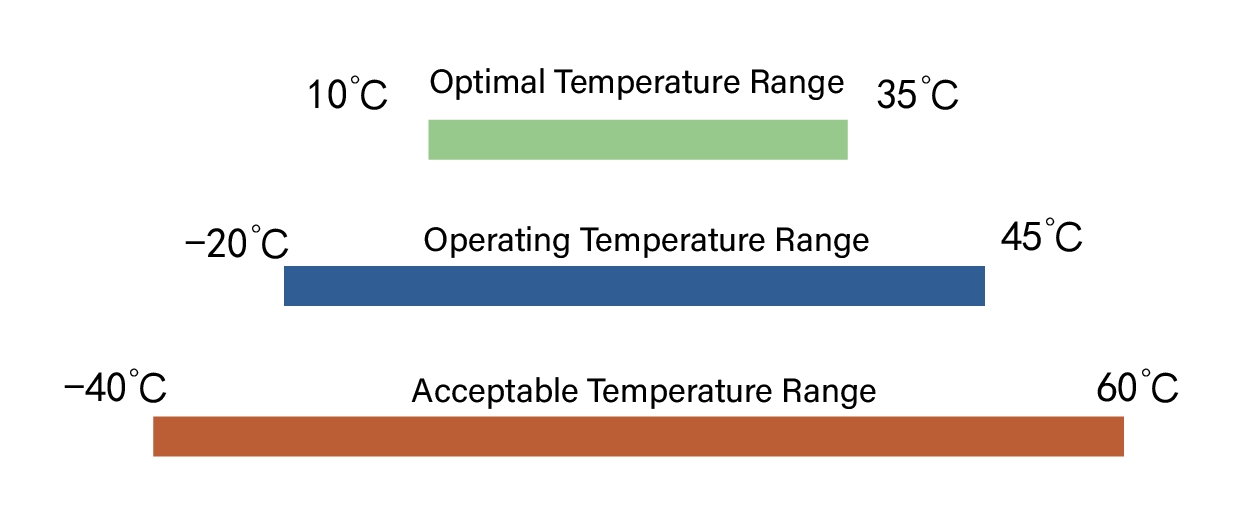
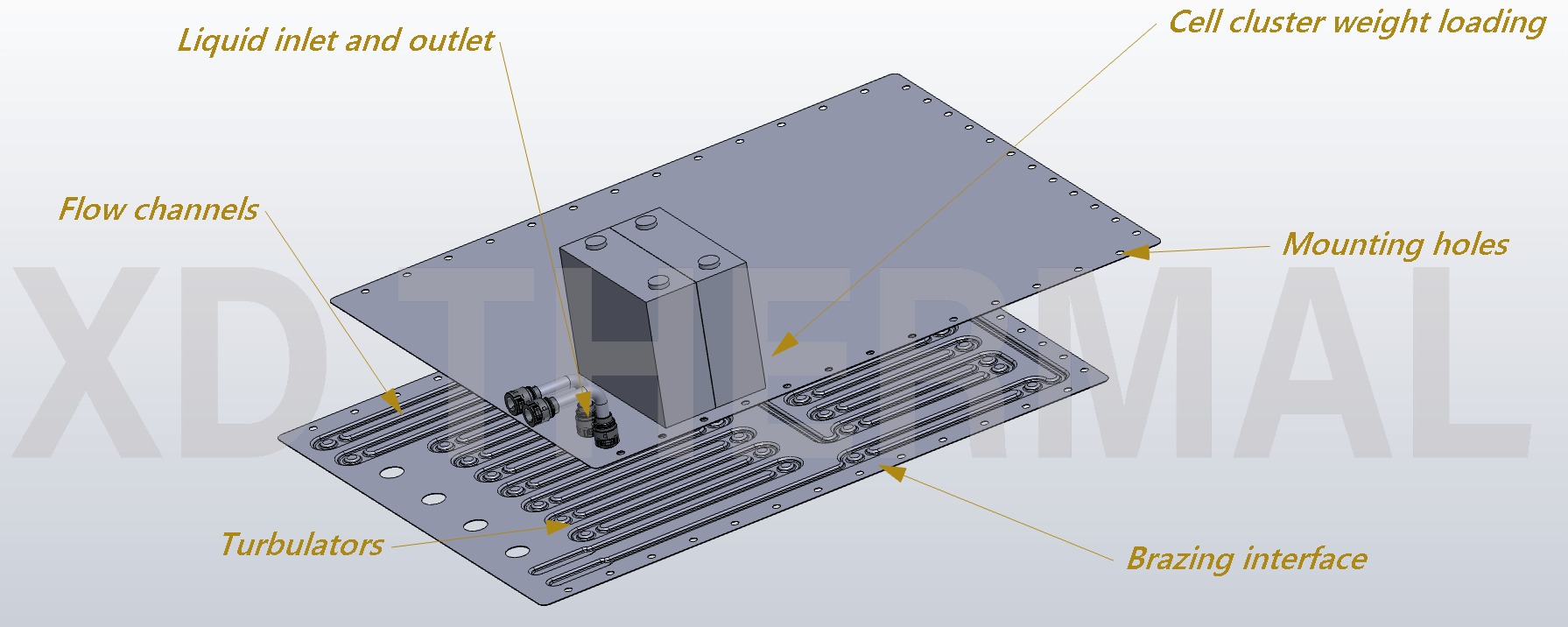
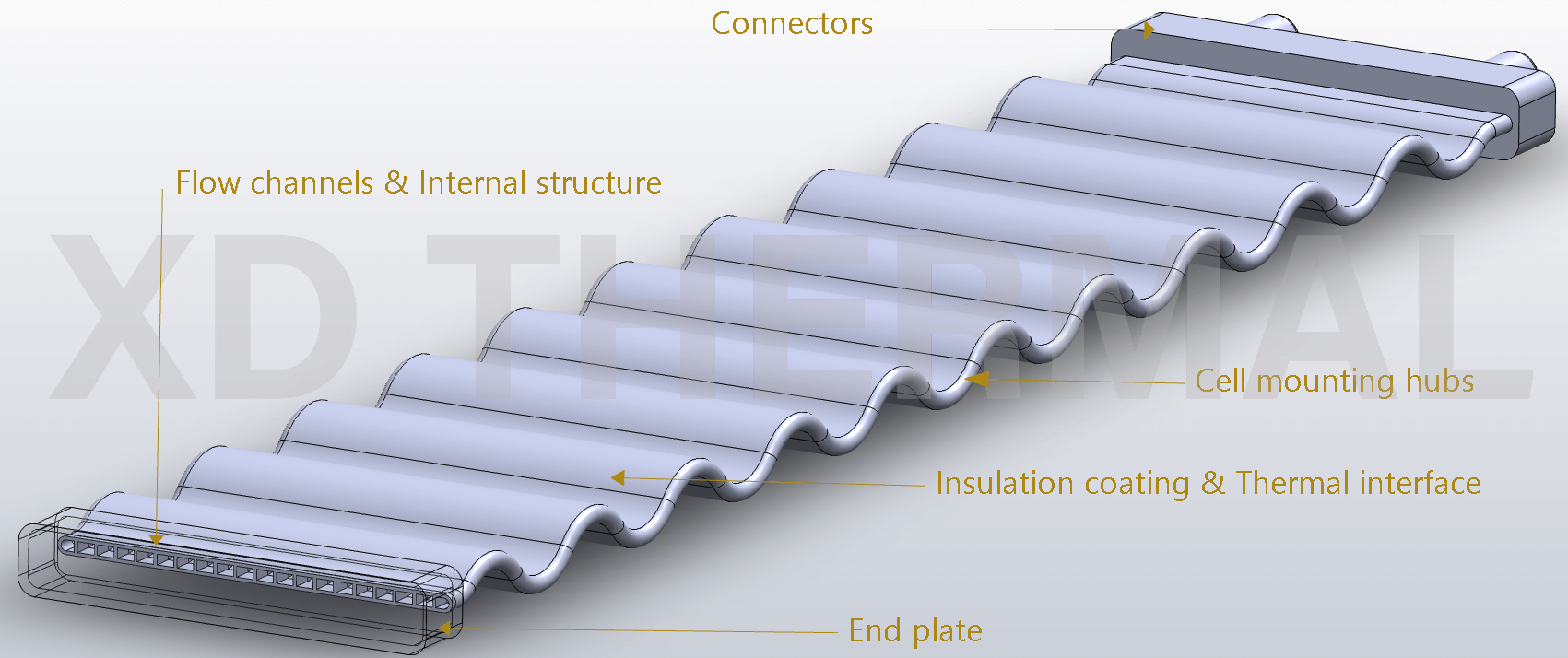
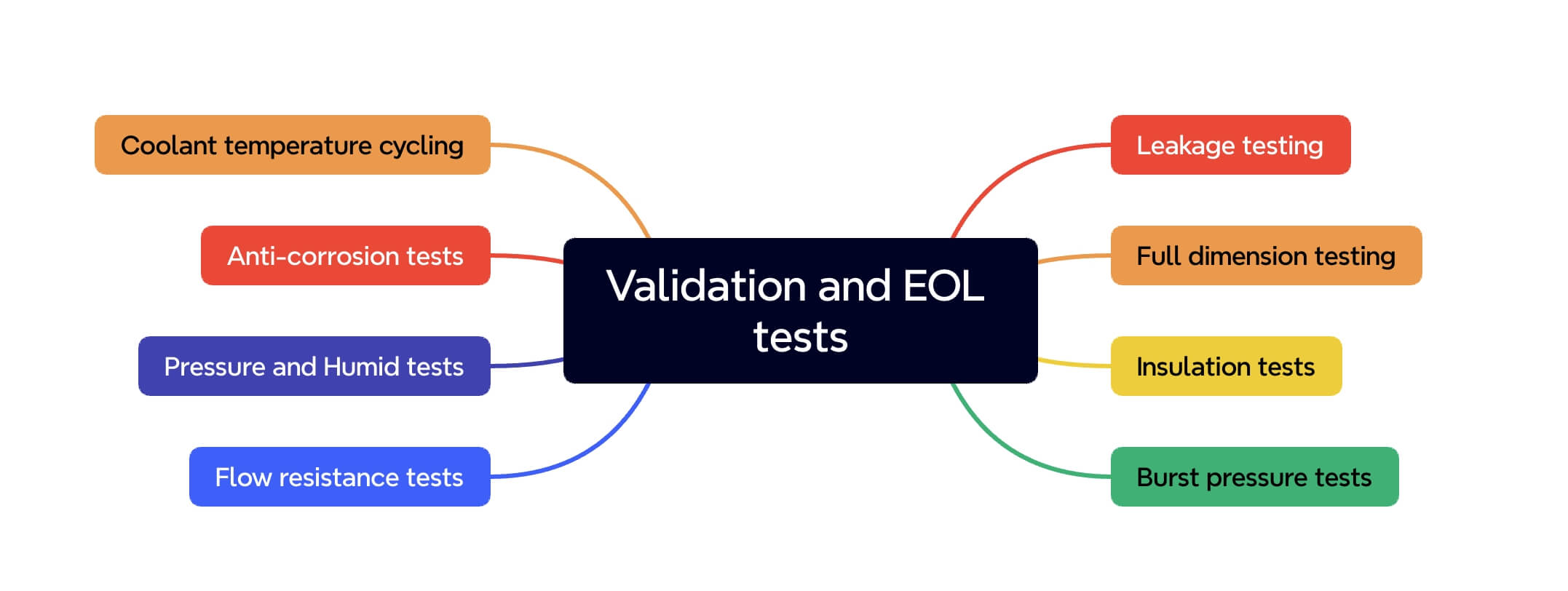
Requirements Analysis
Understand key parameters such as battery type, power requirements, temperature range, and operating environment to ensure that the liquid cooling plate design can meet specific application scenarios
재료 선택
Consider factors like thermal conductivity, corrosion resistance, and lightweight properties to ensure the liquid cooling plate operates efficiently under various conditions
Fluid Dynamics Design
Optimize the internal structure of the liquid cooling plate to ensure uniform fluid flow, improving heat dissipation efficiency. Through numerical simulation and experimental validation, optimize fluid dynamics design to maximize thermal conductivity efficiency
Liquid Cooling System
Layout Optimization
Evaluate the physical space of the entire system, provide effective heat dissipation design for battery modules and other heat-sensitive components, and arrange the liquid cooling system reasonably
Key to innovation is you! Engage in development, shape uniqueness toget
We’re more than just business partners – we’re here to solve your challenges.
Professional
R&D and design
300+
Excellent Successful Cases
Efficient Collaboration
Experience of OEM projects
Expert Responses
Value The Process
Prioritize Results
Stable Production
IATF certified supplier
1, 489, 200+capacity
30, 000+ m² production site
Coolant temperature cycling
부식 방지 테스트
Pressure and Humid tests
Flow resistance tests
Leakage testing
Insulation tests
Burst pressure tests
More……
Timely Delivery
You Can Choose !!